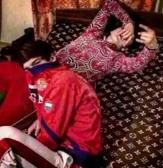
Review on 📶 TECHTOO WiFi Antenna 2.4GHz 10 dBi - Boost Wireless Router Signal - Secure IP Camera & USB Adapter - Range Extender for PC Desktop, Drone, and More (RP-SMA 2-Pack) (SMA-Plug 1-Pack) by Cesar Hubbard

Does not correspond to the declared properties in the 698-960 MHz range!
I am disappointed that this product does not meet the advertised specifications for the 700-900MHz band. The attached diagram shows the return loss from DC to 3GHz (it actually confuses the reverse gain diagram but calls it return loss; see [1] for a discussion of "annoying minus signs"). The return loss in this range is around 4 dB. It must be greater than 10 dB with the declared SWR < 2.0! (See here for a description of SWR or Standing Wave Ratio [2]). For those unfamiliar with Return Loss, think of it this way. Ideally, when energy is being transmitted to an antenna, you want everything to be converted into an electromagnetic (EM) wave traveling from the antenna to your receiver, be it a Wi-Fi router or cell tower, etc. However, real antennas don't Convert 100% of the energy at the input port into an electromagnetic wave. In addition, antennas can convert energy at some frequencies better than others, depending on their length and many other physical properties. Most of the energy that is not converted into electromagnetic radiation is reflected back to the transmitter connected to the antenna. For example, if an impedance-matched antenna has a return loss of 10 dB, about 90% of its energy will be converted into electromagnetic radiation and about 10% of the energy will be reflected back to the transmitter (note I don't include this inset). loss, which is small for the sake of argument). This antenna advertises three bands: 698-960MHz, 1710-2170MHz and 2500-2700MHz. In order to meet their SWR claim of < 2.0 in these areas, at least 90% of the energy incident on the input port must be converted into electromagnetic radiation. Most of the remaining 10% of the energy is reflected back to the transmitter. This means that the return loss in these bands must be less than 10% (10dB) (ie below -10dB on the graph since the loss is interpreted as negative gain). As you can see in the graph, the antenna meets this specification at 1700-2600MHz, which covers multiple cellular and Wi-Fi bands. However, the performance at 700-960 MHz leaves something to be desired and covers some key LTE bands from major US carriers such as Verizon and AT&T (more than -10 dB on the graph, especially around -4 dB). Please note that the return loss measurements were taken at an impedance of 50 ohms, which is the antenna's declared load.[1,2] See comments below for links to references.
- Repair
New products
Comments (0)
Top products in 📡 Network Antennas

Gadgets World FBA_ALFA ARSN19M OMNI Directional High Gain

9 Review

Boost Mobile Signal with 4G LTE Antenna TS9 - Dual 📶 Mimo WiFi Amplifier for Huawei Hotspot - Long Range High Gain Antenna

9 Review
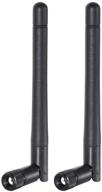
Bingfu Dual Band WiFi Antenna (2-Pack) for Ultimate Wireless Performance

11 Review
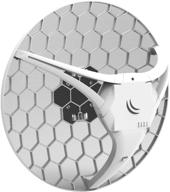
4G LTE modem MikroTik LHG LTE6 kit white

38 Review
Another interesting products
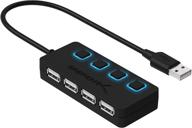
HB-UMLS Sabrent USB 2.0 Hub with 4 Ports and LED Power Switches for Each Port

12 Review
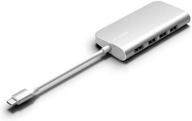
🔌 Juiced Systems Silver BizHUB USB-C Multiport Gigabit HDMI Hub with 3 USB 3.0 Ports, Gigabit Ethernet, 4K HDMI, SD/Micro SD, and USB-C Power Delivery

11 Review
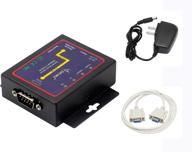
🔌 CERRXIAN RS232 to Ethernet Serial Device Server - TCP/IP Converter with 1Port DB9 RS232 Serial to Ethernet Connectivity

3 Review
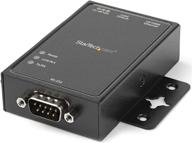
🌐 StarTech.com NETRS2321P: 1-Port RS232 to Ethernet IP Converter, Serial over IP Device Server - Black

5 Review

